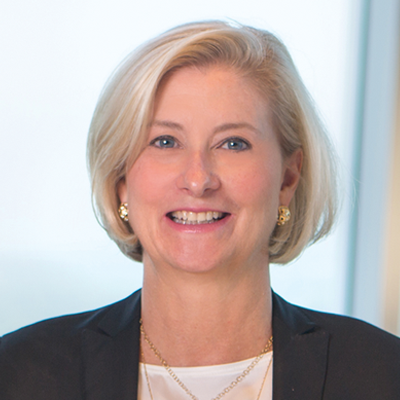CLOs: The Proof is in the Process
Can you tell us about Barings’ capabilities in the CLO market and the firm’s history in this space?
If you look back to our roots, Barings was an early adopter of collateralized loan obligations (CLOs). Our CLO business got its start in 1998 as a division of First Union and was marketed under the name First Union Institutional Debt Management, or IDM. As an early CLO manager, we spent a great deal of time educating both investors and bankers on the merits of CLOs and unique needs and opportunities that the structure embodies. In 2001, the IDM CLO platform was acquired by David L. Babson, a wholly owned subsidiary of MassMutual. This acquisition was transformative as it not only doubled the size of the U.S. CLO platform but also was the springboard for Barings’ current high yield franchise. Needless to say, the CLO business is an integral part of our firm’s history. Given how long we’ve been active in this space, we have a long track record of managing through downturns and periods of volatility. From the telecom bubble in 2001/2002, to the great financial crisis in 2008/2009, to COVID-19, we have managed through multiple ups and downs, which speaks not only to our experience in the space, but also to the depth of our research team, our fundamental, bottom-up approach to credit analysis, and our history with the below investment grade market.
How does your business differ from the structured products side of the business?
Our CLO business has been divided into two entities almost since inception—the origination side, where I sit as a portfolio manager, and the structured products side. On the origination side, we issue new CLOs and manage them by selecting a diversified pool of underlying assets (senior secured loans) that we think will perform well over the long term. Our investors, typically insurance companies, banks, hedge funds and large institutional investors, will then buy into these vehicles up and down the CLO capital structure based on their specific risk/return thresholds. The structured products side, on the other hand, purchases the debt or equity tranches of vehicles that other managers have issued and manage. The benefit of having both sides of the business is that we can collaborate and learn from each other. The structured products business, for instance, has access to our credit knowledge and deep research platform. On the origination side, we benefit not only from our colleagues’ market intelligence that helps us better understand what investors are looking for, but also from the strong name recognition that comes from being in the market regularly as both a seller of, and investor in, CLOs. It’s a symbiotic relationship that has been in place for more than two decades.





